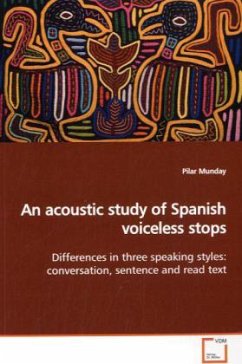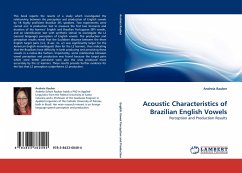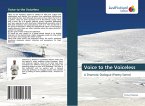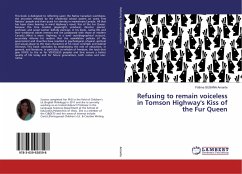Why does spontaneous speech in any language sound so
different from read speech? This book looks at some
acoustic properties of sounds where this difference
is reflected. For this project, Spanish voiceless
stops were studied in three different speaking modes:
conversation, sentence reading and text reading, in
two native speakers from Spain. The four acoustic
cues observed were the duration of the closure
portion of the stop; the duration of its Voice Onset
Time (VOT); the presence or absence of any voicing
during the closure portion and during the VOT
portion; and the amplitude level of the burst. The
results show that voiceless stops in any type of
speech show similar coarticulatory influences. But
conversation mode, as opposed to the other two
speaking styles, has differences that are reflected
principally in two acoustic correlates, the burst
portion of the stop (including VOT duration and
amplitude) and the presence of some type of voicing
within the closure.
different from read speech? This book looks at some
acoustic properties of sounds where this difference
is reflected. For this project, Spanish voiceless
stops were studied in three different speaking modes:
conversation, sentence reading and text reading, in
two native speakers from Spain. The four acoustic
cues observed were the duration of the closure
portion of the stop; the duration of its Voice Onset
Time (VOT); the presence or absence of any voicing
during the closure portion and during the VOT
portion; and the amplitude level of the burst. The
results show that voiceless stops in any type of
speech show similar coarticulatory influences. But
conversation mode, as opposed to the other two
speaking styles, has differences that are reflected
principally in two acoustic correlates, the burst
portion of the stop (including VOT duration and
amplitude) and the presence of some type of voicing
within the closure.





![Acoustic correlates of [voice] Acoustic correlates of [voice]](https://bilder.buecher.de/produkte/28/28951/28951268n.jpg)


